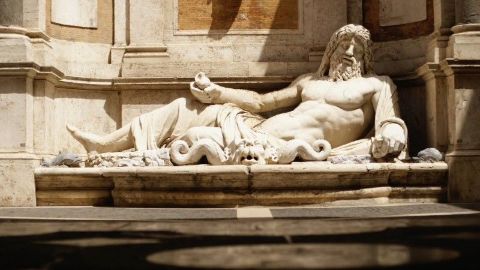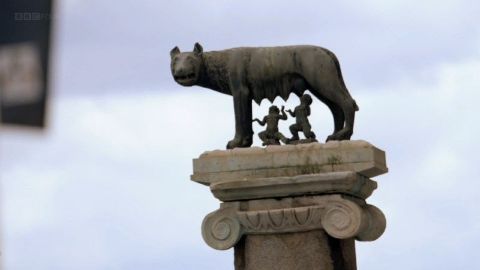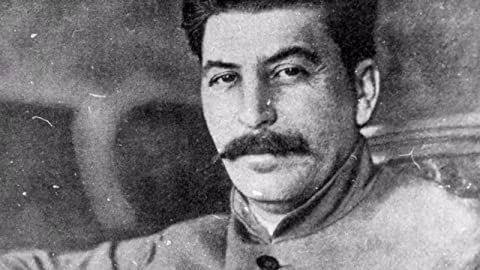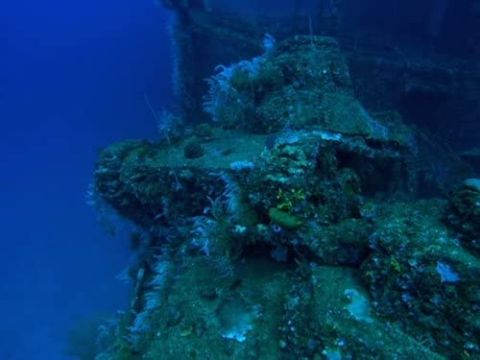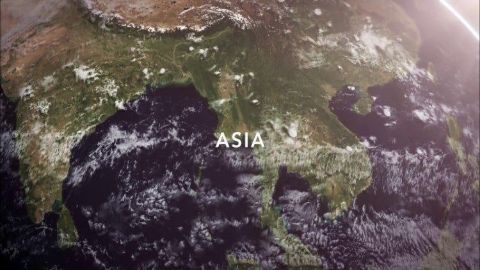The Rebirth of God's City • 2012 • episode "S1E3" • Rome: A History of the Eternal City
Simon Sebag Montefiore charts Rome's rise from the abandonment and neglect of the 14th century into the everlasting seat of the papacy recognised today. His story takes us through the debauchery and decadence of the Renaissance, the horrors of the Sack of Rome and the Catholic Reformation, through to the arrival of fascism and the creation of the Vatican State. By taking us inside Rome's most sensational palaces and churches and telling the stories behind some of the world's most beloved art, Sebag Montefiore's final instalment is a visual feast.
Make a donation
Buy a brother a hot coffee? Or a cold beer?
Hope you're finding these documentaries fascinating and eye-opening. It's just me, working hard behind the scenes to bring you this enriching content.
Running and maintaining a website like this takes time and resources. That's why I'm reaching out to you. If you appreciate what I do and would like to support my efforts, would you consider "buying me a coffee"?
Donation addresses
BTC: bc1q8ldskxh4x9qnddhcrgcun8rtvddeldm2a07r2v
ETH: 0x5CCAAA1afc5c5D814129d99277dDb5A979672116
With your donation through , you can show your appreciation and help me keep this project going. Every contribution, no matter how small, makes a significant impact. It goes directly towards covering server costs.

